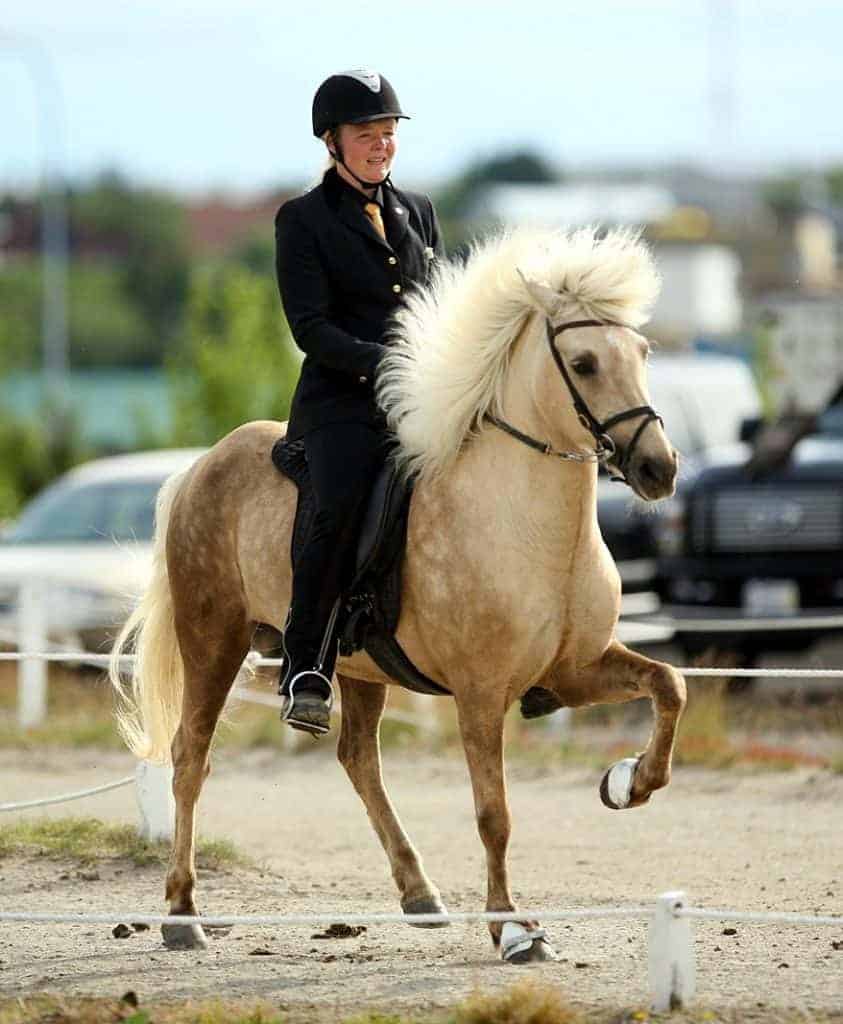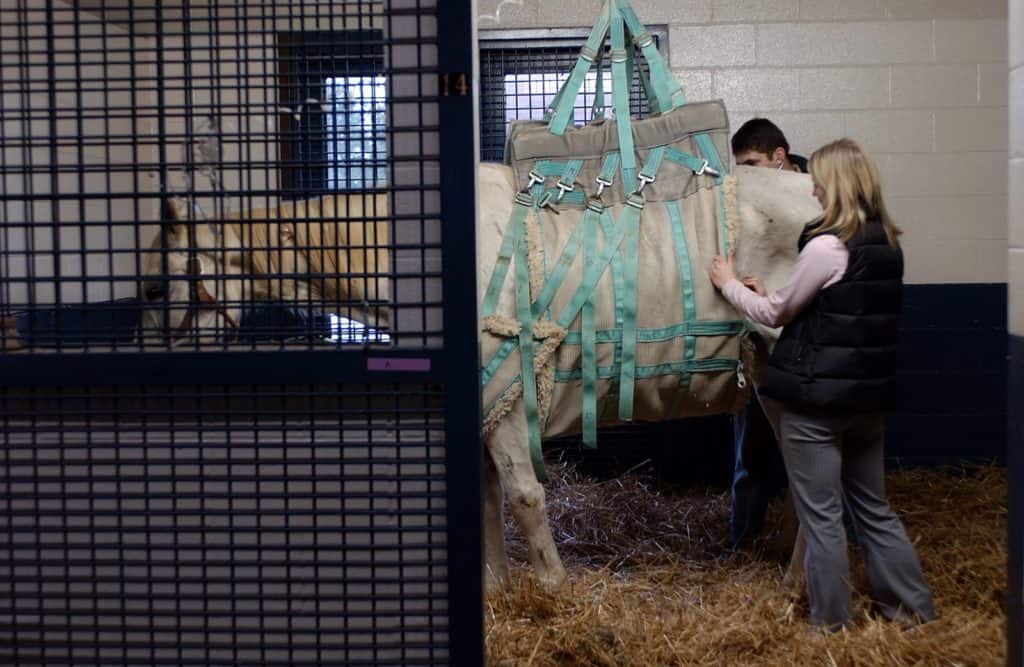
Limb Sensors for Equine Diagnostics, Performance Evaluations
Researchers say inertial measurement units could aid in more accurate veterinary diagnoses and performance evaluations.

Researchers say inertial measurement units could aid in more accurate veterinary diagnoses and performance evaluations.

Research has provided farriers with a better understanding of how weight-bearing and loading affect hoof wall growth.

Researchers confirmed that footing properties could impact dressage horses’ risk for suspensory ligament injury.

Horses with asymmetric feet have altered loading patterns, which could lead to lameness and possibly early retirement.

Learn about what’s cutting-edge in the world of equine hoof care from our 2017 International Hoof Care Summit coverage.

Find out why understanding hoof biomechanics is important when making trimming and shoeing decisions for your horse.

The gene appears to affect horses’ muscular ability to carry out specific gaits, such as the tolt in Icelandics.

Thermography is a noninvasive, safe, and cost-effective diagnostic imaging tool used in equine health care.

Vets can glean crucial information by evaluating horses with performance issues in hand, on the longe, and under saddle.

Horses can appear lame in the front limb when the real lameness is the hind limb on the same side, researchers found.

Veterinarians use imaging technologies to evaluate, diagnose, and ultimately treat lameness in the lower leg and foot.

Young horses leaned more than older ones with better musculoskeletal strength and coordination, scientists say.

Learn the latest about this puzzling neuromuscular disease.

Tweets and take-homes from sessions on lameness, rehabilitation, equine back issues, and more!
Dr. Bill Moyer’s advancements in treating equine foot disorders make him an authority on lameness issues.

They might be less common than limb fractures, but skull, rib, pelvis, and withers fractures are no less important.
Stay on top of the most recent Horse Health news with
"*" indicates required fields